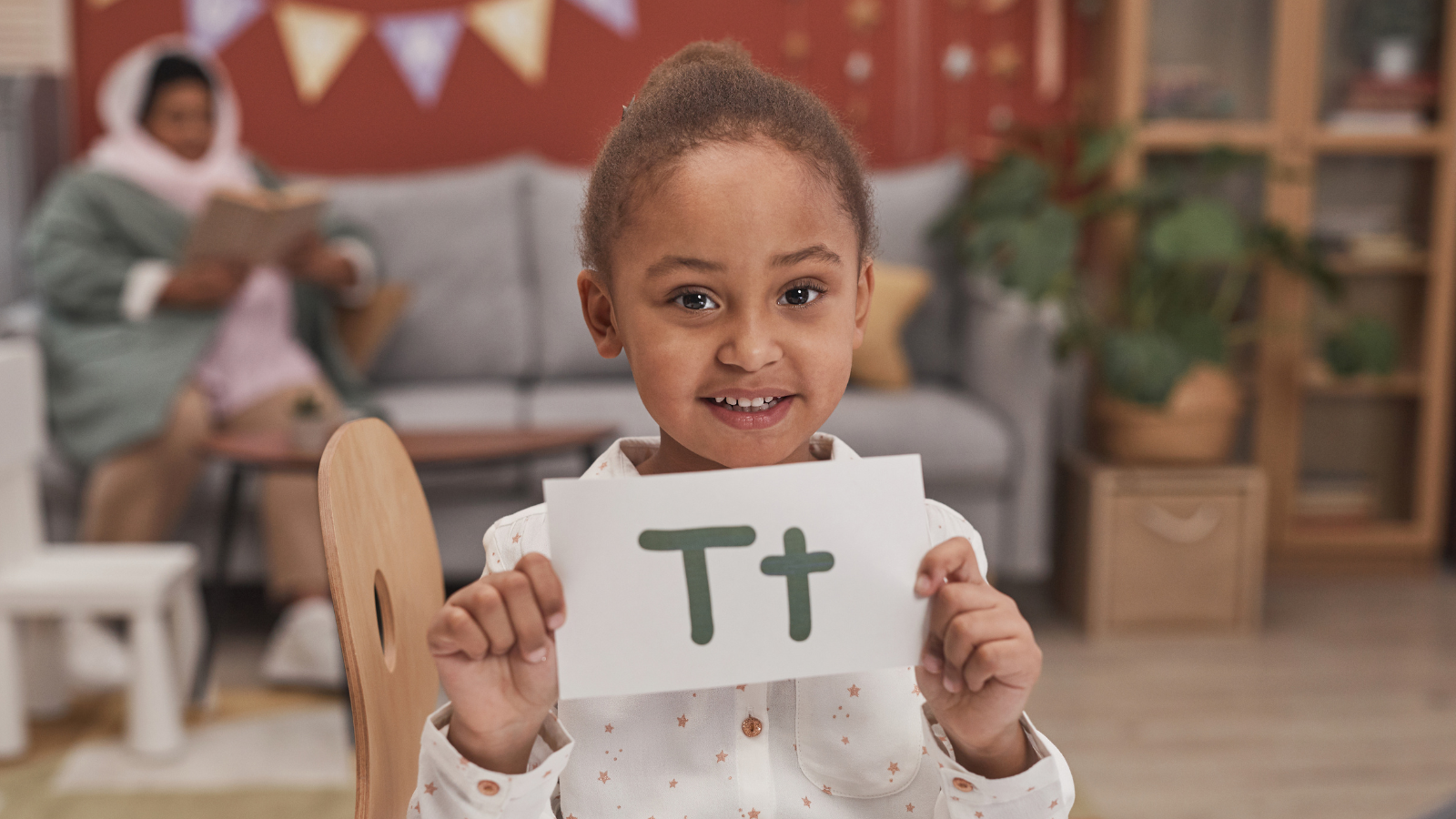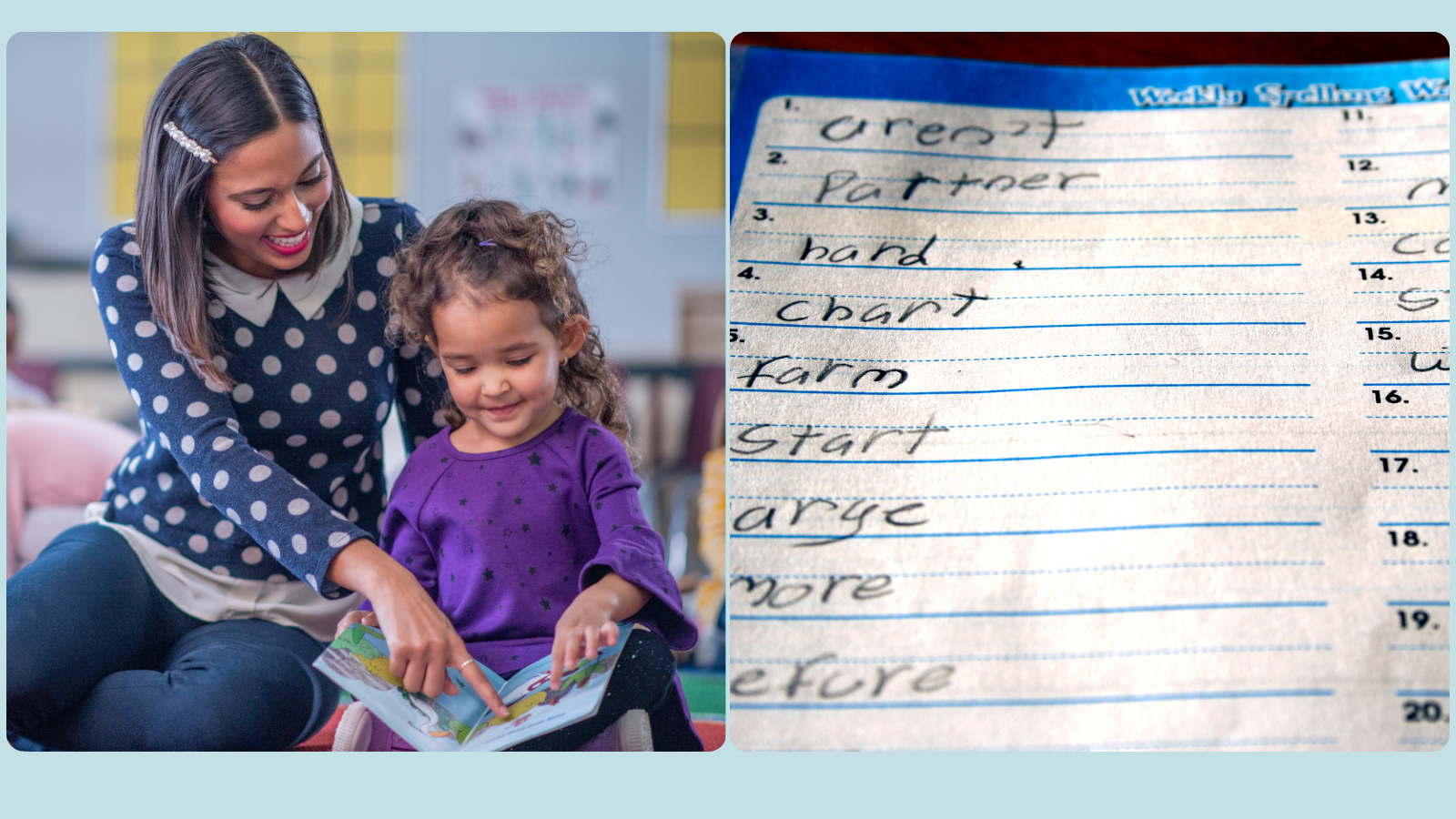Why are boys more at risk for reading problems like dyslexia than girls?
Peer-reviewed evidence tells us that:
- boys are 3-5 times more likely than girls to be referred to professionals for help with reading difficulties, including dyslexia;
- on average, boys don’t do as well as girls on standardised reading tests;
- boys’ performance on reading tests tends to be more variable than girls; and
- boys are over-represented in the population of children with significant reading difficulties like dyslexia.
Why?
We’re not sure. There are several possible candidates, including:
1. Referral/selection bias. Children selected to participate in reading studies may not always reflect the population as a whole. For example, more boys may be referred to reading professionals (and thus recruited into their research studies) because boys may display higher rates of acting out, e.g. in some boys with ADHD (Willcutt & Pennington, 2000). In population studies, however, the sex ratio of boys:girls with reading difficulties still ranges from 1.5:1 to 3.3:1 (Rutter et al., 2004; Wadsworth et al., 1992).
2. Test bias. Perhaps some reading tests are biased in favour of girls, although the weight of existing data does not support this theory (e.g. McGrew & Woodcock, 2001).
3. Cultural differences between boys and girls. There is some older evidence to suggest interactions between culture and sex on cognitive performance (DeFries et al., 1981). But girls appear to be advantaged in reading as early as the age of 5 years (Camarata & Woodcock, 2006) and 7 years (e.g. Flannery et al., 2000). And girls tend to do better than boys across cultures with widely differing education practices and languages (e.g. Stoet & Geary, 2015).
4. Brain differences between boys and girls that develop before school starts. Studies have demonstrated significant average differences between boys and girls in:
- Processing speed: Processing speed is a cognitive predictor of reading skill. Girls show an advantage over boys by age 5 that is maintained until adulthood (e.g. Camarata & Woodcock, 2006; Irwing, 2012).
- Inhibition skills: on average, girls tend to restrain their impulses more than boys (Arnett et al., 2012, 2017).
- Verbal reasoning skills. One study, suggested that boys, on average, outperform girls, on average, on verbal reasoning skills (Arnett et al., 2017), despite an overall female advantage in writing, verbal production, and fluency (Camarata & Woodcock, 2006; Halpern & LaMay, 2000).
Clinical bottom line
A 2017 study published by Anne Arnett and colleagues confirmed that:
- boys are over-represented in the population of children with significant reading difficulties; and
- brain differences between boys and girls – differences in processing speeds and inhibition (in favour of girls), and verbal reasoning (in favour of boys) – explained the difference (see citation below).
A word of caution: we’re still a very long way from understanding how physical sex-based differences in brains and brain development – e.g. in size, volume, and white matter tracts – advantage girls in the development of reading skills.
Related articles:
- Is your child struggling to read? Here’s what works
- How to find out if your child has a reading problem (and how to choose the right treatment approach)
- “I don’t understand what I’m reading” – reading comprehension problems (and what to do about them)
- The forgotten reading skill: fluency, and why it matters
- 24 practical ways to help school-aged children cope with language and reading problems at school and home
- “Does dyslexia exist?”
- How to help your school-age child to learn new words – the nuts and bolts of how I actually do it in therapy
- Kick-start your child’s reading with speech sound knowledge (phonological awareness)
Key source: Arnett, A.B., Pennington B.F., Peterson, R.L., Willcutt, E.G., DeFries, J.C., Olson, R. K. (2017). Explaining the sex difference in dyslexia. Journal of Child Psychology and Psychiatry, 58:6, 719-727.
Image: https://tinyurl.com/ycquua8f

Hi there, I’m David Kinnane.
Principal Speech Pathologist, Banter Speech & Language
Our talented team of certified practising speech pathologists provide unhurried, personalised and evidence-based speech pathology care to children and adults in the Inner West of Sydney and beyond, both in our clinic and via telehealth.








